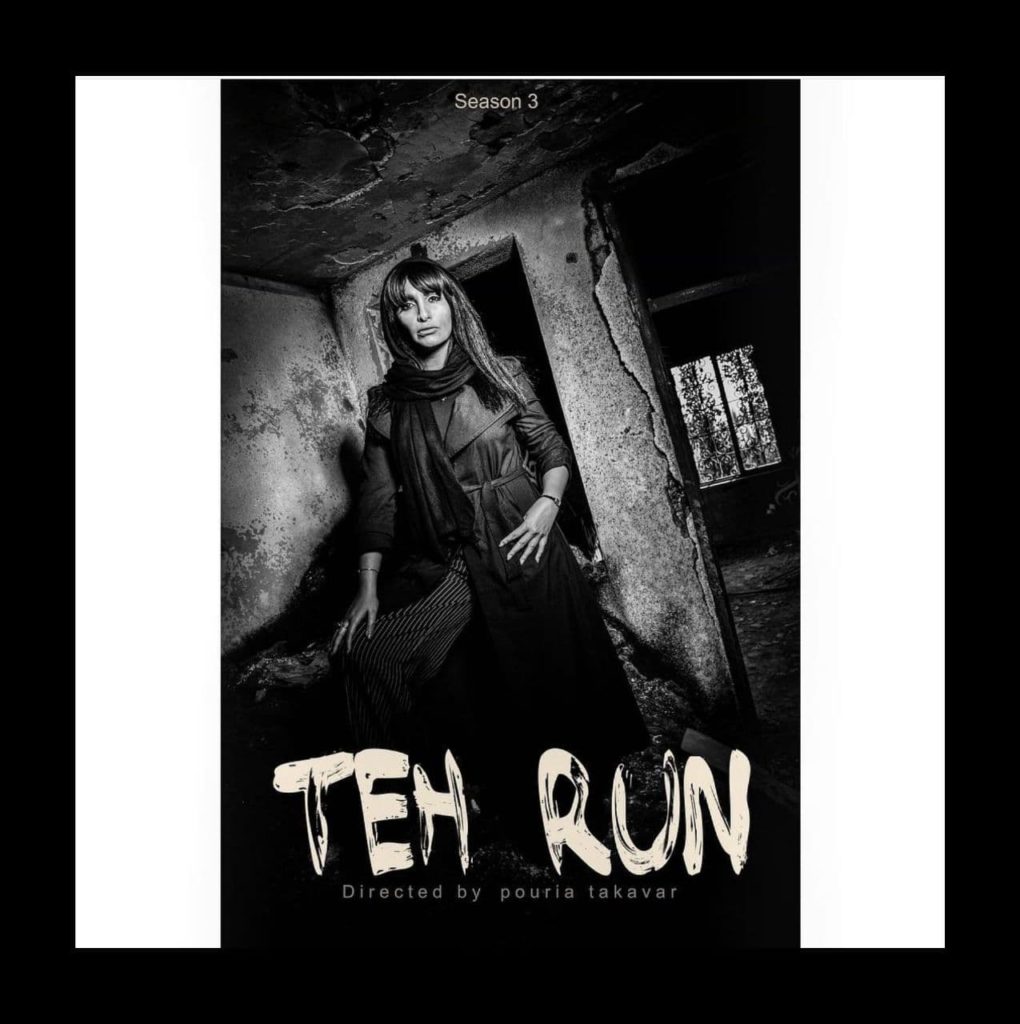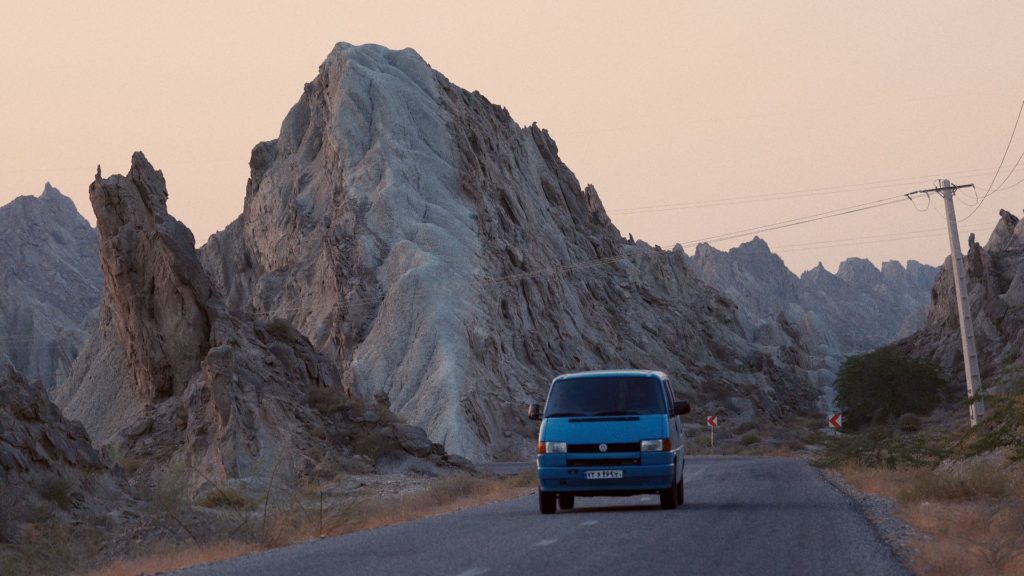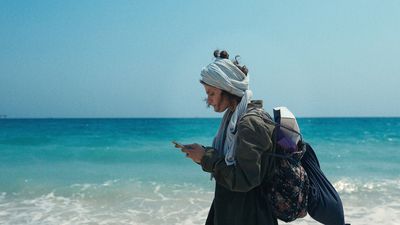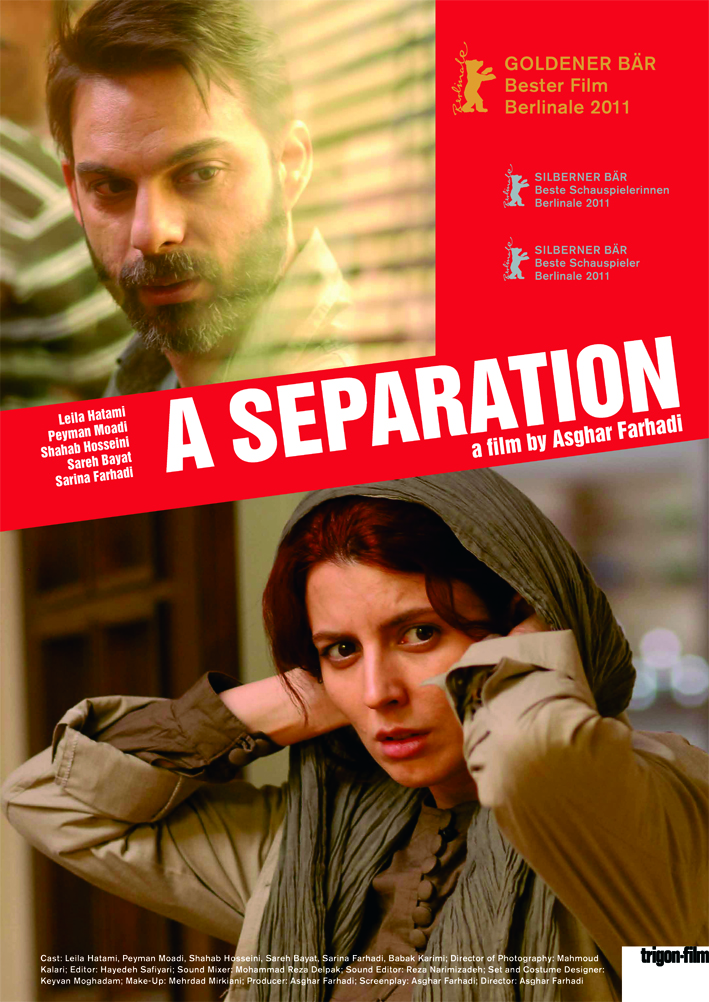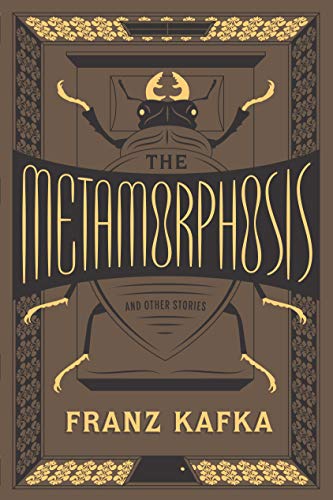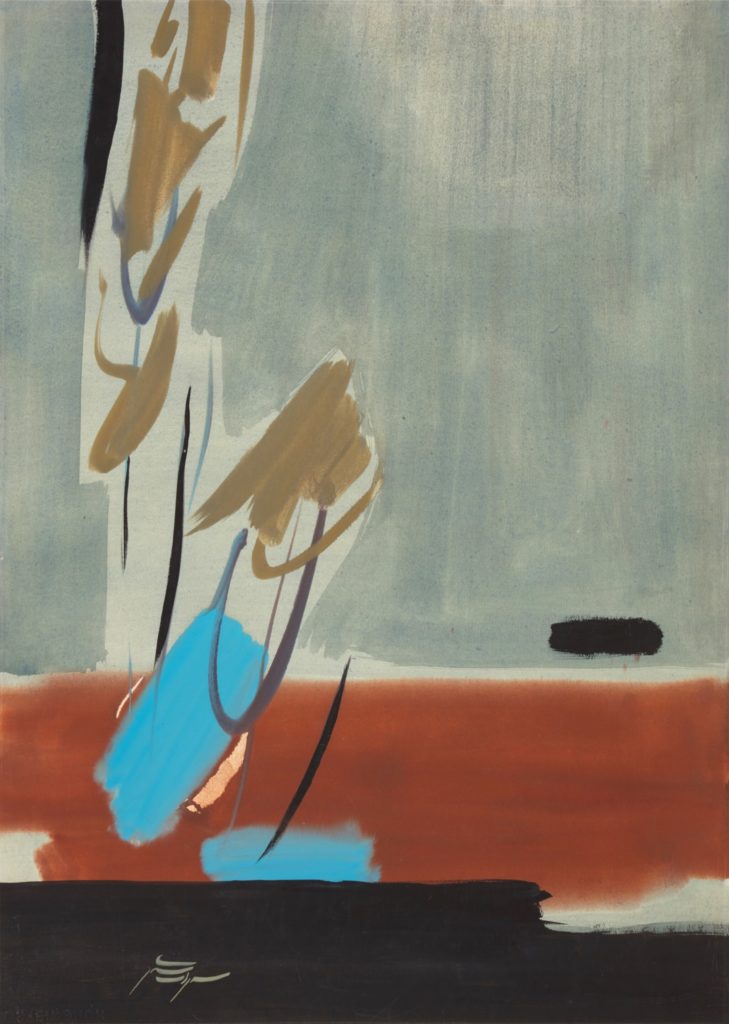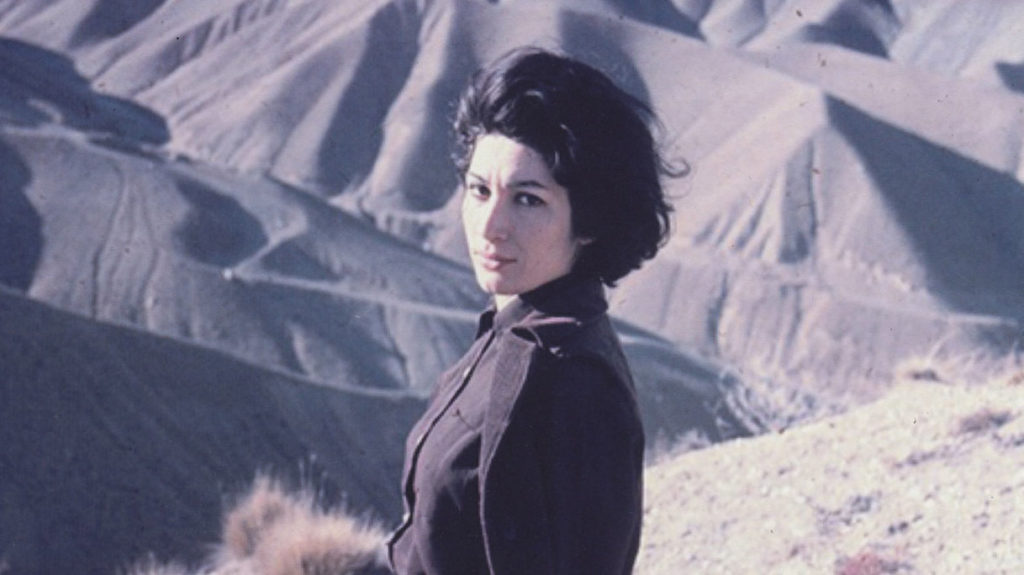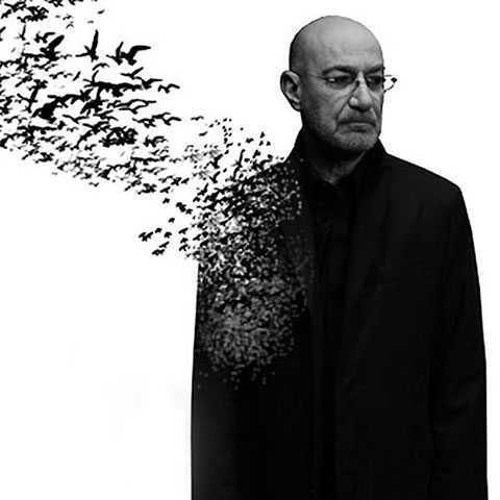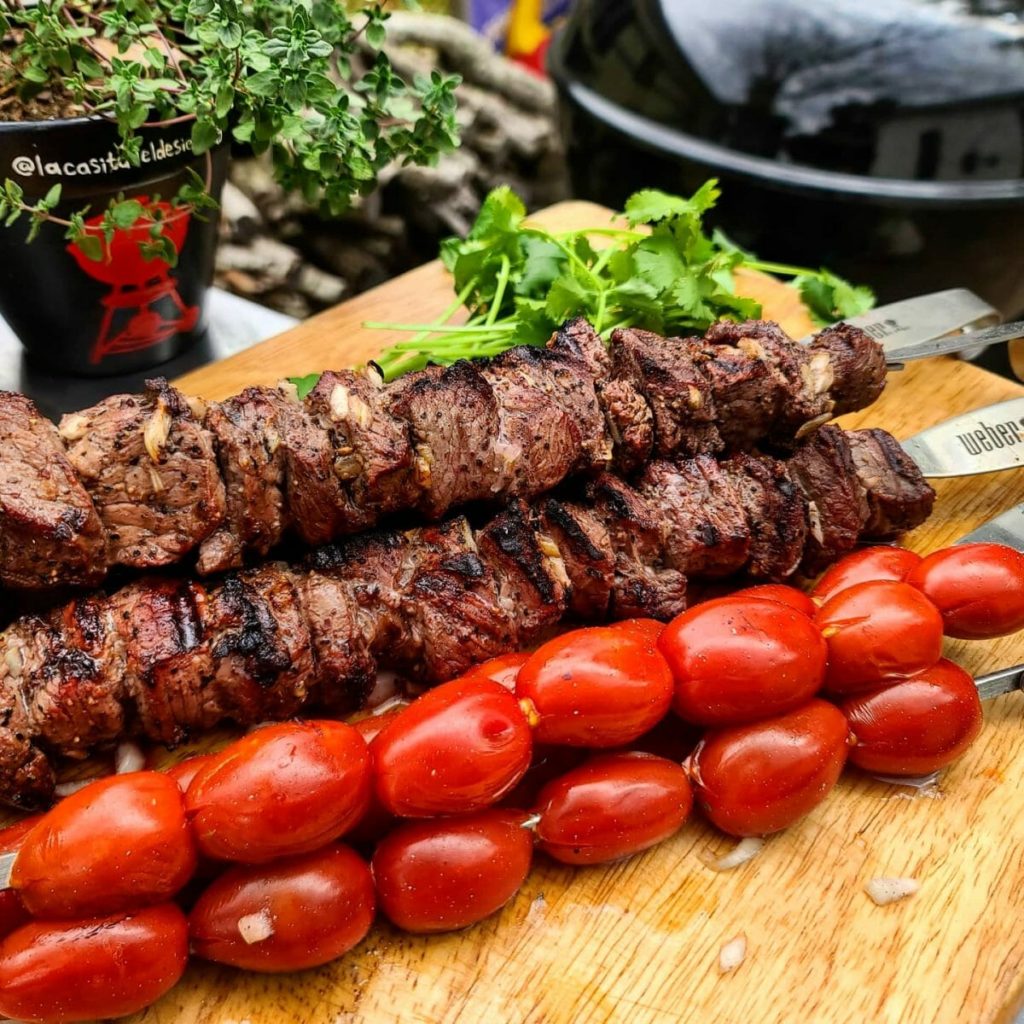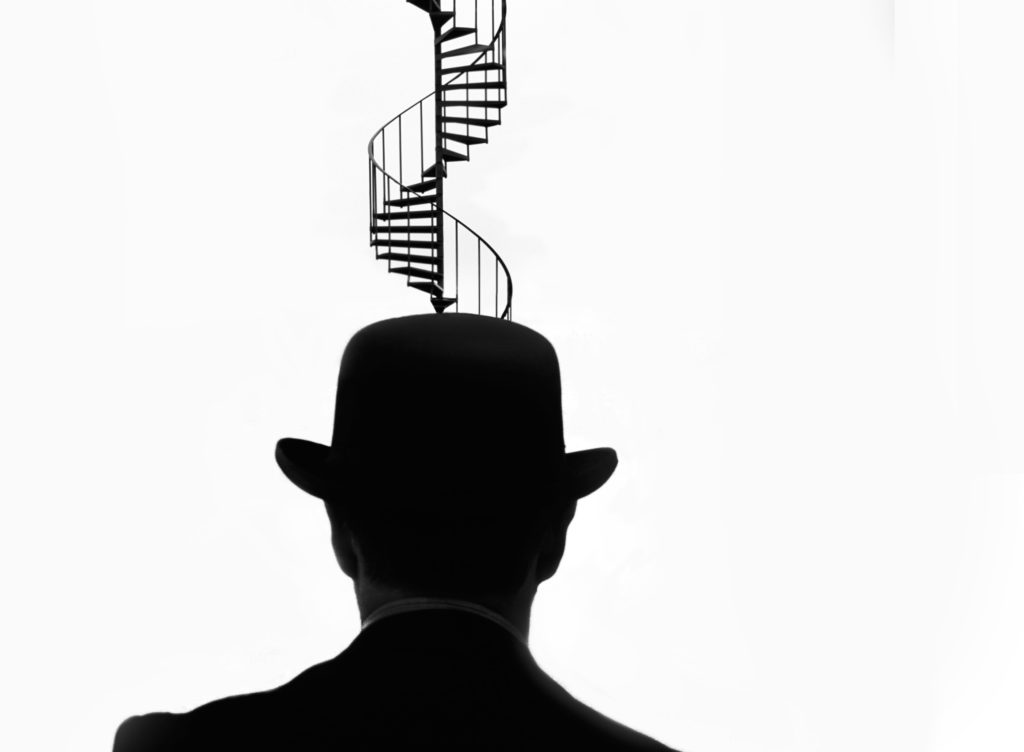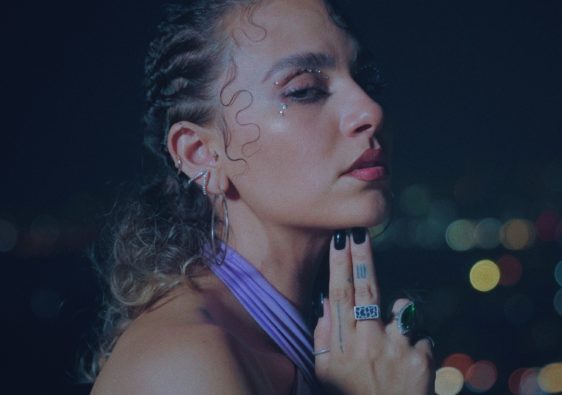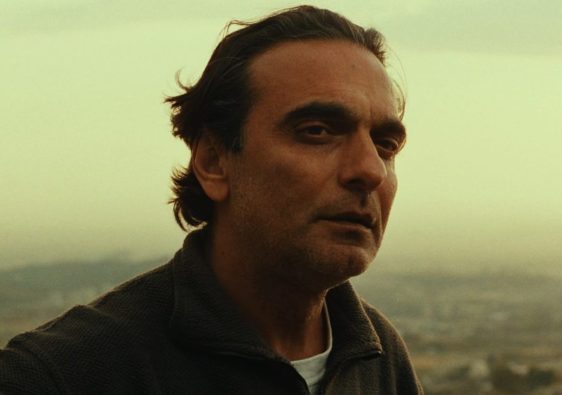Synopsis of the Arte series HAPPINESS
Shadi شادی, which means « joy » in Persian, is a 17-year-old Iranian girl who lives alone in Tehran with her mother. While her mother is preparing their migration to France, Shadi dreams of only one thing : to leave at all costs to meet her father, whom she only knows resides on the island of Kish in the south of Iran. Without delay, she improvises a road trip across the country with three friends : the mysterious and attractive Sina, her best friend Ferial, and Parsa, her cousin. During this chaotic and initiatory escape, Shadi’s personal quest is in fact universal : the search for happiness !
The series is visible on Arte TV and on Arte Instagram account

A journey to the heart of Iranian youth
Who better than a young filmmaker to reveal with such accuracy the intimate portrait of the Iranian youth to which he belongs ? The Happiness series was conceived by the Iranian Pouria Takavar, a passionate filmmaker who is only 26 years old, who made his first film at the age of six, and who became famous to young people in 2017 with his series TehRunn. Youth is at the very heart of his creation, it is through them that he draws his inspiration and to whom he speaks.
Social medias are the best way to capture the attention of young audiences, which is why, just as with TehRunn, its new webseries Happiness co-produced by the Arte channel once again relies on an effective structure that directly addresses young people : a short format – 15 episodes of 5 min – broadcast on the Instagram account of Arte channel and online since September 2021.
Happiness helps to deconstruct certain preconceived ideas about Iran and its young teenagers, about whom little is known, since there are so few films dedicated to them. On screen, Shadi and her friends recite choruses from the famous Iranian rap group Zedbazi, they have a keen sense of fashion, they smoke and drink on the sly, while being ultra-connected. Happiness sketches a fair, funny and touching portrait of a youth thirsting for freedom and experiences, in its pursuit of happiness through a road trip from the capital of Tehran, passing by the religious Qom, the poetic Shiraz and finally the paradisiacal island of Kish in the Persian Gulf.
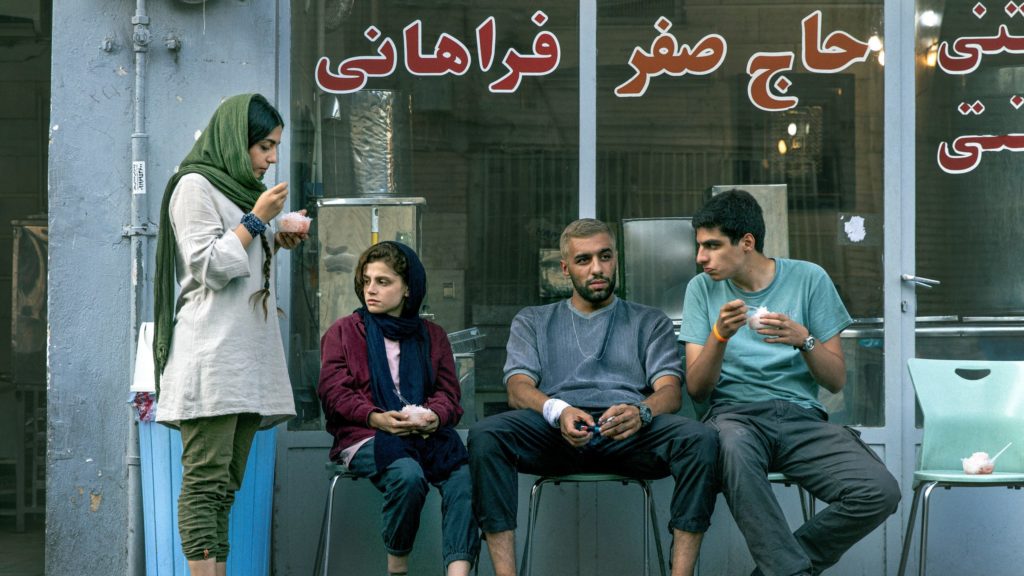
INTERVIEW WITH POURIA TAKAVAR
DIRECTOR OF HAPPINESS
• Salâm Pouria ! You are a 26-year-old Iranian filmmaker and you directed the series Happiness – شادی, which is currently being broadcast on the channel ARTE since September 2021. Could you first tell us about your background and how cinema came into your life ?
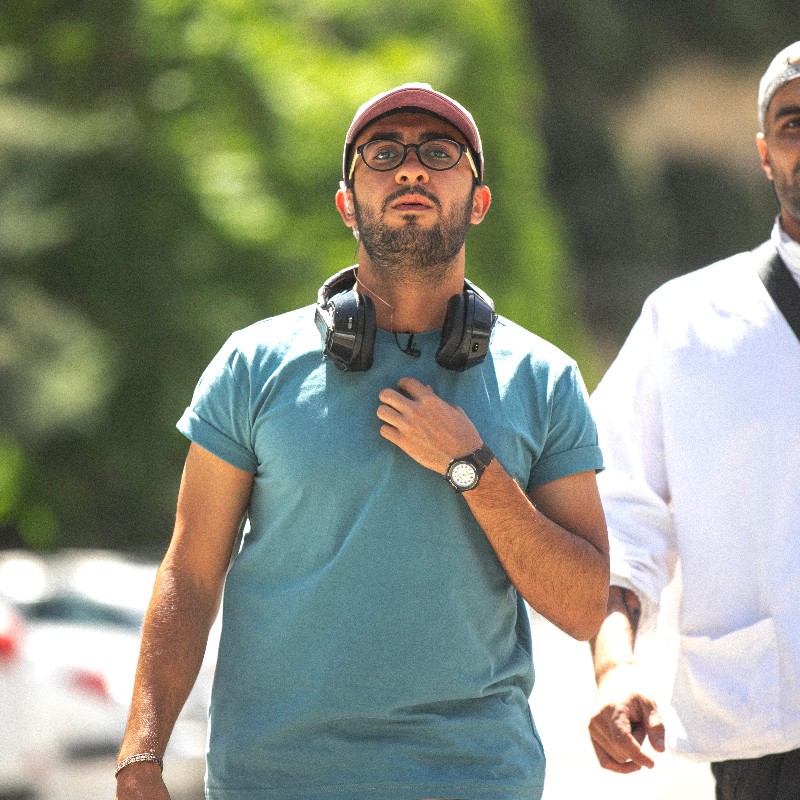
I am coming from a cinematic family : my father is a filmmaker, and I made my first short-film when I was 6 years old. However, I was never thinking of becoming a filmmaker at first. I wanted to be a football player, but I got injured. As my father was doing a documentary, I started helping him in editing.
Gradually, I just felt that I was really in love with this world. So basically, I started my job professionally in cinema as an editor, and I think that was one of the reasons that I could do shows in very short formats : you need to know the timing, and editing helps you a lot.
I started studying film making in a private university in Iran. During the first year of my studies, I did eight short films and short documentaries, that were all praised in different festivals in Iran, and also one of my documentaries, called Zeitoon (“olives”) and which was about Iranian youth, went abroad. For that, I just went to a park named “zeitoon”, and followed some teenagers and their daily activities.
By doing that documentary, I understood that there are seven things which are very important to these kids nowadays : Instagram, drugs, tattoo, alcohol, sex and recently pets and also rap songs. And I noticed that they are doing all this stuff in search of three things : freedom, self-confidence and happiness.
• One of the ways you became known in 2017 among the young Iranian audiences was through your Instagram series @teh_runn. Could you tell us more about this project and why you used Instagram as a medium ?
After Zeitoon, I indeed did a show called TehRunn, and because I understood that Instagram is very important to these kids, I just wanted to be connected to them. So I did a show on Instagram, that was only 1 minute per episode. It turned out well and became very famous among these teenagers. The subject was the search for freedom. The main character was a girl named Raha, which means free in persian.
This is a thing that I like : the main character has a name related to what she is looking for (as in Happiness and the character named Shadi). The idea about TehRunn was about some kids who tried to run away from who they really are.
• Happiness was co-produced by Arte France and the french film company La Onda Productions. How did you meet Arte and this film production company ?

One of the luxuries that you can have when you make a show on social media is that there are no borders and no limitations, it can reach many audiences abroad. When I did TehRunn, there were some Iranians working at Arte and they really liked the show. They wanted to do an interview with me, so I did it and they posted it on Arte TV.
The commissioner of Arte web department, Marion, saw my interview and she really liked the project. As her husband was studying Persian, there was a common interest. He came to Iran, and translated some of the episodes for Marion, who really loved the show.
First, she wanted to buy the rights of TehRunn, but the rights were already bought by one of the VOD’s in Iran [Namava, the iranian Netflix]. I told her that I have another idea, so they invited me in Strasbourg. I pitched the idea, and she really liked it but it was not fully baked. She introduced me to two producers ; one of them was working at la Onda Production.

I was very looking forward to working with them, because as they were also young, they had the time, the energy and the devotion. So the first impression was very good, and we started developing with each other.
• The format of the series, 15 episodes of 6 minutes, is quite unique and unusual. Was it originally conceived like this ?
Yes, the story of Shadi was originally conceived like this. One of the reasons that Arte was interested in me was the experience of short form I had with TehRunn. When we were developing Happiness, we were thinking of even shorter episodes, around 1 minute each.
But then, IGTV on Instagram became very famous and used, so gradually we adapted the form. However, there is a chance that we might have a second season with longer episodes… Stay tuned !
• The Iranian youth seems to be at the heart of your work, and your series goes against most of Iranian productions, that are often dramatic or historical-political series, such as Hassan Fathi’s successful Shahrzad series. In the Western world, Iranian cinema is widely recognized, but mostly through these socio-political dramas. Do you feel that Iranian youth is not represented enough on the screen, both in Iran and in the West ? And how would you describe this youth in a few words ?
Unfortunately, in Iran, we are not used to make coming-of-age movies. In my opinion, if there is going to be a cultural impact on a country or a generation, it is better to start with young people, as you cannot correct a person who is aged. It’s hard to do coming-of-age movies in Iran, because some of the activities that are involved are crossing the lines of censorship.
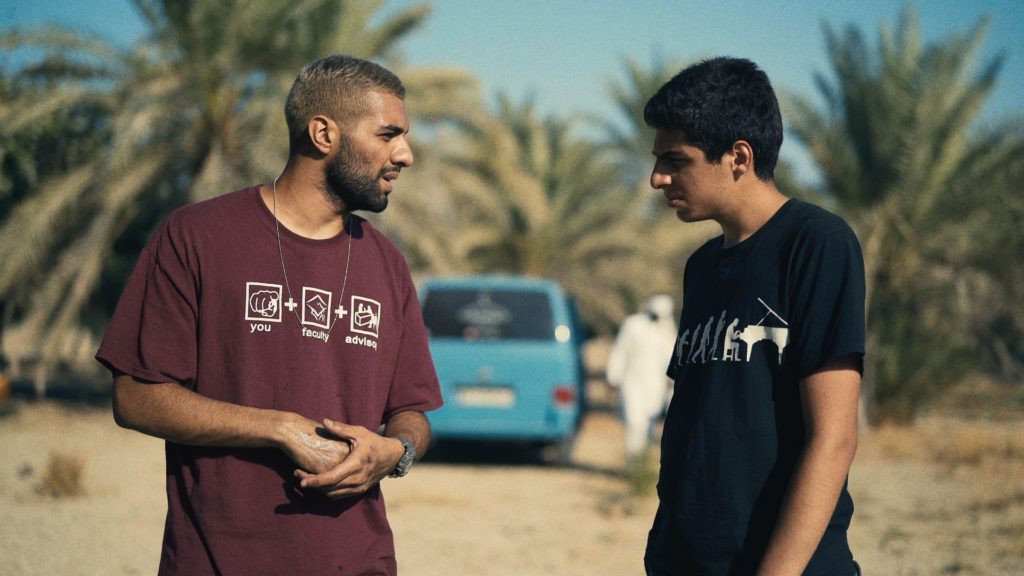
Moreover, our directors have not very much experience of showing those things in a way that is going to be realistic. So the films are not very successful, because the youth cannot relate to it, there is a gap. The producers and investors in Iranian cinema don’t invest money either on these projects, because they know it won’t be realistic, people are not going to buy tickets and it is not going to be successful in terms of box office – so they don’t do it.
I like to work about the young generation in Iran, because you can have an impact on them, their future and the future of the country. The second reason that I am into making films about the younger generation, is that youth is highly cinematic for me. There are very interesting and very irrational people. Also I am very close to them, I am not very old so I understand their world, I can connect to them easily.
In my opinion, Iranian youth is not very much different from the other young people everywhere in the world, as they are looking for the same things. One of the reasons that Happiness could reach from the beginning and be interesting to ARTE was the universal quest that everyone can relate to.
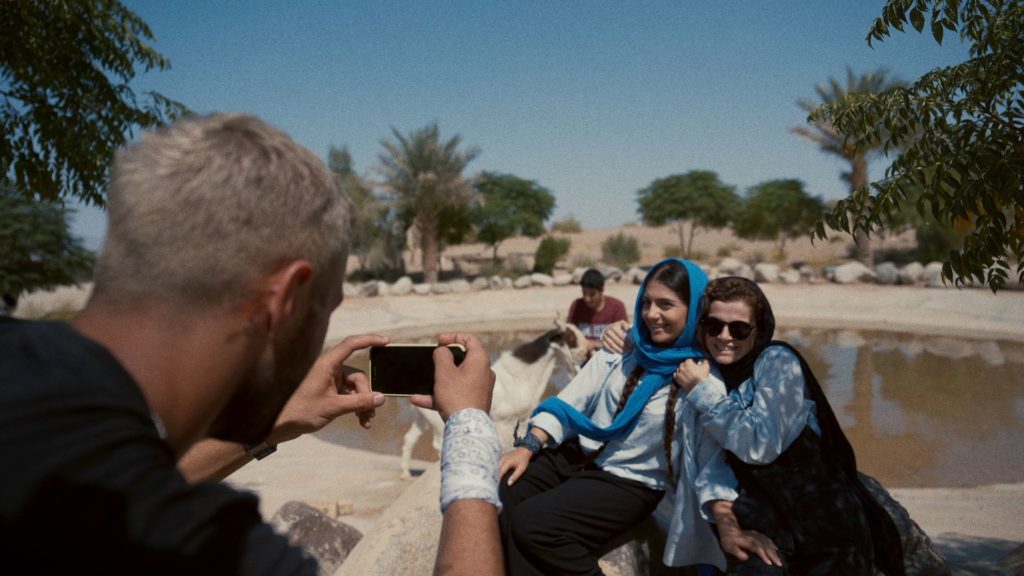
Like everywhere else, Iranian youth is trying to find ways to be happy, confident and free, but in their own way. The goal is everywhere the same, but because Iran is a strange country, there are differences in terms of freedom. Somehow, we benefit from some of the limitations that we have : sometimes, being too free can be dangerous.
And one thing that I felt when I was in Paris was this : people are sometimes so free that they don’t have motivations or ambitions. But in Iran, this feeling is rare, because this lack of freedom makes them a little bit more agitated and motivated to find ways to be recognized and free. In a sense, the more there is censorship, the more you get creative, so in a way you can benefit from this situation.
• Your series offers a journey through Iran, from Tehran to Qom, Shiraz and finally Kish Island, in the Persian Gulf. However, we can hardly see these cities on screen, except for Kish. Why ? Was it by choice or by constraint ?
Happiness is not made to be a touristic show. It is a show based on the characters, and you need to stick to the main characters. The importance is not in the cities, you can’t really dive into the culture of each one.
For instance, Shiraz is a famous and historic city in Iran, very rich in terms of culture and poetry, but I put my characters in a very chaotic place in Shiraz, which was the bazaar. We used the chaos of the bazaar for the sake of the characters, not to show the bazaar of Shiraz or to define how Shiraz is.
• How did you manage to shoot the alcohol and drug scenes, which are present in some episodes ?
For shooting in Iran, you need a permit – and we got it. One thing to have in mind is that the government is more open now around this topic, they are not as strict as they were before, especially for an international project.

We already had some features about drug and alcohol – as in the movie Tehran law, which is about cocaine traffic and has been released all around the world -, so basically we didn’t face any problems in terms of getting the permits. The main producer of Happiness was French. It was just being shot in Iran, it was not an Iranian production directly involved.
• How did you choose the actors to play the main characters of the series ?
We did a casting during the development phase, but gradually I started working choosing Soheil Bavi (Sina) and Ghazal Shojaie (Shadi), with whom I previously worked in TehRunn, so I knew them. I thought of Soheil from the very beginning, because he had the charmness that I was looking for, and I also worked with Ghazal in TehRunn. I knew her and knew she could bring a lot of things, because she knows this world properly. In terms of acting, she is really realistic and spontaneous.
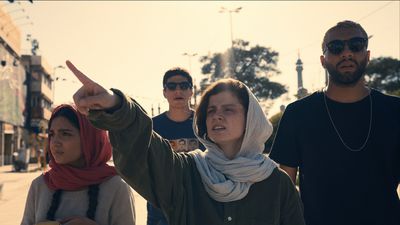
In Iran, I also make teasers for theaters. I met Aria Gazor (Parsa) in one of the theaters that I was making a teaser for, and Setareh Maleki (Ferial) was Ghazal’s best friend in real life.
The actress who plays Shadi’s mother, Solmaz Ghani, is very famous in Iran. I am usually not very good at working with stars, but I really loved working with her. She is very humble and devoted to the project. Also in terms of looks, she really looks like Shadi.
• Underneath its “feel good” appearances, the series also speaks about emigration and implies the economic crisis in which Iran is plunged. This situation forces many families – for those who have the financial means – to leave the country. What do you think of the current situation in Iran ? Are you considering leaving the country, or like Shadi, are you choosing to stay ?
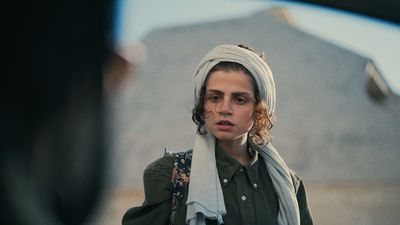
One of the ways that Iranian think they can be happy and live a good life is to emigrate, but immigration is not that easy. I have emigrated myself, and it is not easy. Unfortunately, through news and social media, Iranians have some fantasies about living abroad. However most of them, when they come to Europe, are disappointed because it is much harder than what they were expecting.
The current situation in Iran is not very good, and unfortunately a lot of Iranians are thinking of just leaving the country. For me, I am not the kind of person that likes to stay in a country for a very long time. I want to experience life, to travel. I want to leave Iran but not with the mindset that Iran is a bad country, with a bad situation. I want to travel for the purpose of gaining more experiences and opportunities.

• Which Iranian or international movie directors inspire you the most ?
First of all, I am going to say who I am inspired by internationally. I am in love with the work of Andrea Arnold and her movie American Honey (2016 Jury Prize at the Cannes Film Festival). It is a very good film that I highly recommend. I love all of her works because she doesn’t put herself in a limited way of working, she is very free and wild.
In Iran, I am in love with the works of Asghar Farhadi. My favorite film of his is A separation. His movies are sometimes too depressing and dark for me, but he is a source of inspiration. In terms of writing, he is very good.
• Tell us about a film that you deeply love !
I love so many films, but right now I am very in love with Woody Allen. I love Zelig (1983) so much, it is a crazy film. He is a real genius. The idea is about a person who wants to be loved – but I am not going to spoil it more. You have to watch it !
• Finally… what are your upcoming projects?
I have to write the season 2 of Happiness, and I am also working on another project, but I cannot promise anything yet. It is a series and let’s see what happens !
TO FOLLOW POURIA : Instagram
IN THE SPIRIT OF POURIA TAKAVAR
Inspiring works, ideas and words
A movie ? Woody Allen, Zelig
A book ? Franz Kafka, The Metamorphosis
A painting – an artist ? The paintings of Sohrab Sepehri, and the female artist Forough Farrokhzad
A song ? Siavash Ghomeyshi, Ye Parandeye Mohajer
A picture ? Earth
A dish ? Chenje noon khorfeh from the North of Iran
A word ? Sepaas سپاس (thank you)
A place ? The mind
An instrument ? A guitar

